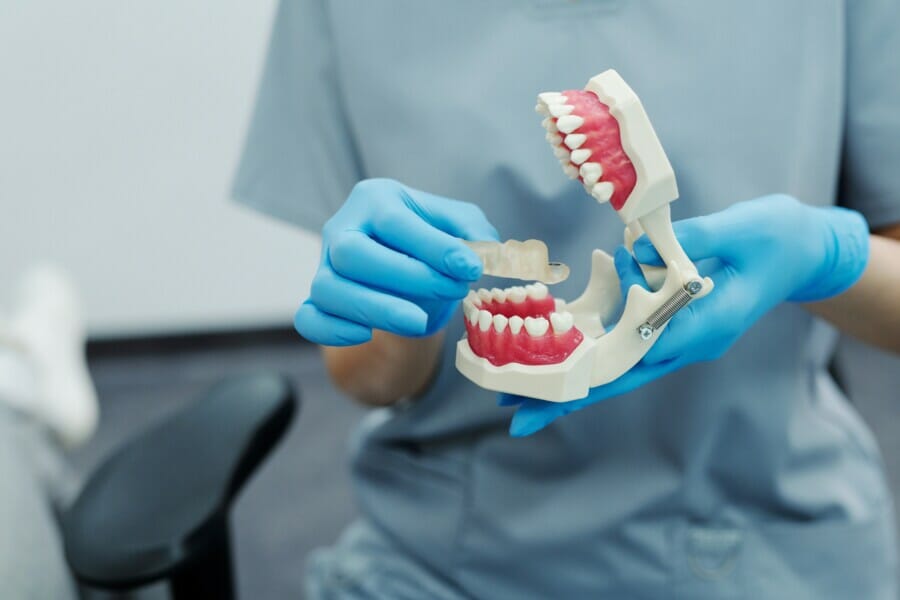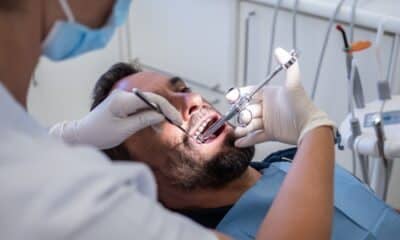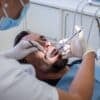Signs Indicating You May Need Orthodontic Treatment
If you’re reading this, chances are you’re considering orthodontic treatment to enhance your smile. Wanting to smile confidently is natural, and addressing any dental issues is essential.
Like many others, you may be dealing with problems like misalignment, overcrowding, protruding teeth, or spacing issues. Fortunately, orthodontic treatments can help restore your smile. Let’s explore common orthodontic issues, their causes, and possible treatments.
Common Orthodontic Problems
Orthodontic issues, known as malocclusions, refer to the improper positioning of teeth when the jaw is closed. There are various types of orthodontic problems, each requiring specific treatments. If you’re unsure about your dental situation, consider scheduling an appointment with Putney Dental Care, home to top orthodontists in Sydney.
While you await your dental visit, here are some prevalent problems to help you identify your condition.
Crowding – Occurs when teeth overlap due to limited space, leading to crookedness.
Spacing – Involves gaps between teeth due to excess space, resulting in uneven tooth alignment.
Protrusion – Where front upper teeth extend excessively, creating a noticeable gap with lower front teeth.
Reverse Bite – Characterized by lower front teeth protruding beyond upper teeth when biting. Also known as under-bite or lower jaw protrusion.
Less common issues include open bite, cross-bite, and deep bite. Neglecting malocclusions can lead to gum diseases or periodontal issues.
 Image by Andrea Piacquadio via Pexels
Image by Andrea Piacquadio via Pexels

When Should You Consider Orthodontic Treatment?
For parents of young children, it’s recommended to have them evaluated around 7-8 years old. Early detection allows for easier management of any issues.
Treatment timing depends on the severity of the problem. Minor concerns may be postponed until the patient is older, whereas critical conditions may require immediate attention. Professional orthodontists can provide the best guidance in such situations.
Adults experiencing tooth pain, wear, or gum issues should not delay seeking orthodontic treatment. Early intervention can prevent future complications. The misconception that orthodontic care is solely for children is outdated, as many orthodontists cater specifically to adult patients!
Causes of Orthodontic Issues or Malocclusions
Orthodontic issues can be genetic or acquired. Contrary to popular belief, malocclusions can be inherited. For instance, receiving small jaws from one parent and large teeth from the other can lead to misaligned teeth.
Acquired malocclusions often result from accidents or prolonged habits like thumb sucking. Medical conditions such as tonsil-related airway obstructions, dental diseases, or premature loss of baby teeth can also contribute to malocclusions.
Inherited or acquired, malocclusions disrupt teeth alignment and impact facial development and aesthetics.
 Image by Cedric Fauntleroy via Pexels
Image by Cedric Fauntleroy via Pexels

Treating Orthodontic Issues
Orthodontic problems are typically addressed by moving teeth into proper alignment using orthodontic appliances like braces and retainers, applying gentle, controlled forces.
Traditional metal braces are commonly placed on the front of the teeth. Alternatively, Lingual braces can be attached to the back of teeth.
Retainers or orthodontic aligners such as Invisalign are clear plastic trays that help align teeth gradually. Depending on the condition, a combination of treatment methods may be recommended.
Imagine a future where your teeth are perfectly aligned, allowing you to eat, speak, and smile confidently. A beautiful smile plays a crucial role in social interactions, enhancing your overall demeanor.
Featured Image by Cedric Fauntleroy via Pexels
















